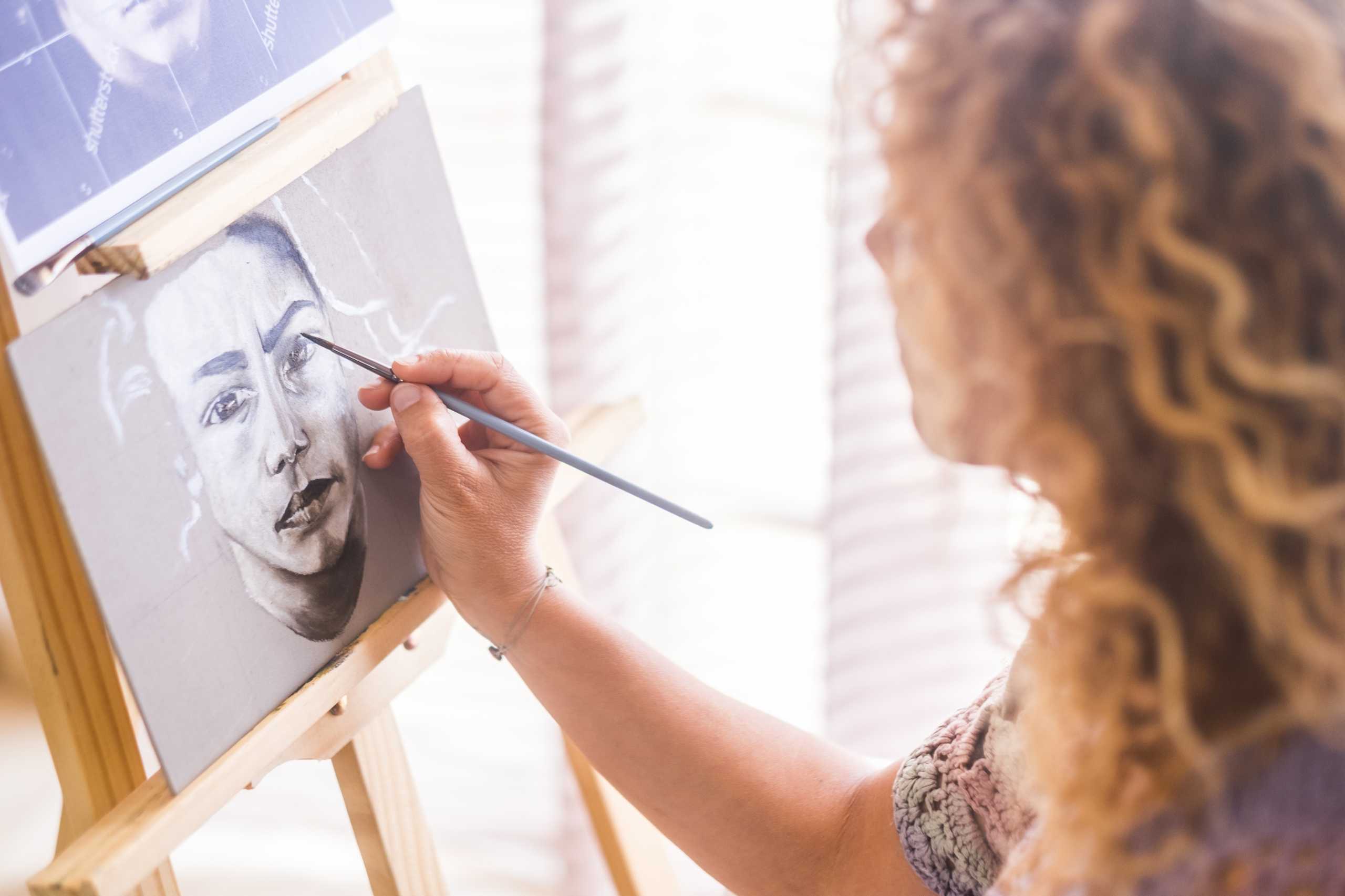Our Location
304 North Cardinal St.
Dorchester Center, MA 02124

Creating stunning portraits consistently requires not just skill, but a structured workflow. A well-organized process saves time, reduces errors, and ensures that every image reaches its full potential. Developing your own workflow is essential for both hobbyists and professionals.
Before diving into retouching:
Preparation sets the stage for efficient and precise editing.
Start with fundamental adjustments:
Once basics are complete, move to professional techniques:
Advanced retouching transforms standard portraits into polished, magazine-ready images.
A thorough review guarantees the highest quality results and consistency across projects.
A solid workflow balances efficiency and creativity. By following structured steps while allowing space for experimentation, you can produce stunning results without losing artistic vision. Over time, this approach not only enhances technical skills but also builds confidence, speed, and a recognizable professional style.
A professional retouching workflow is the backbone of every successful portrait editor. It empowers you to manage complex projects, maintain high standards, and continuously refine your creative techniques, ensuring every portrait you create is a work of art.